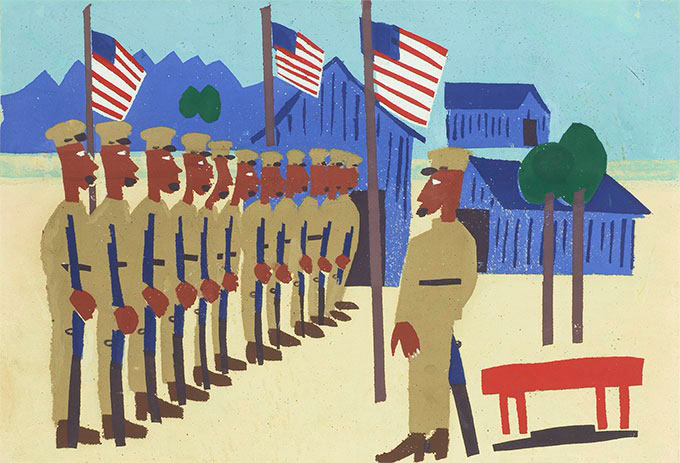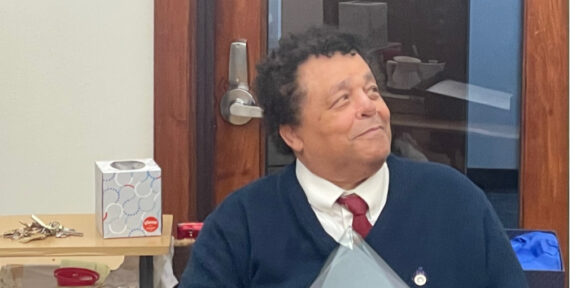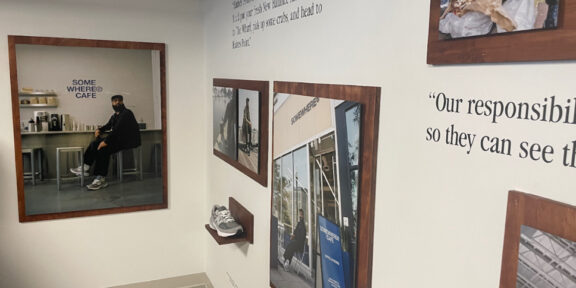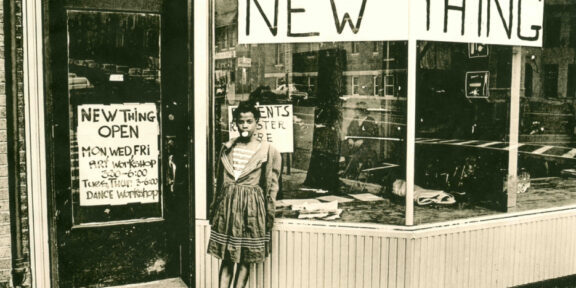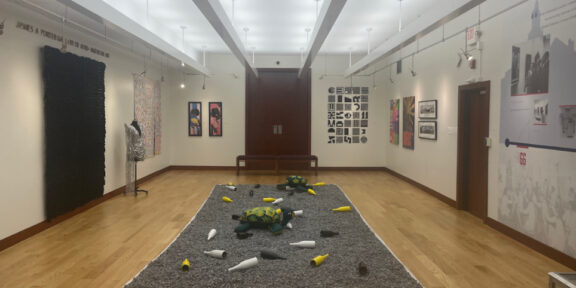By Omari Foote
William H. Johnson’s lifetime of artwork was nearly discarded due to unpaid storage fees. This month, the artwork will be featured in the Smithsonian American Art Museum.
According to the Smithsonian American Art Museum, (SAAM), “Fighters for Freedom” is a series painted in the 1940s as a “tribute to African American activists, scientists, teachers and performers.”
“It’s one of his most enduring pieces of work,” said Stephen Motte, Curator of Collections at Florence County Museum. “It’s very poignant today with so many social justice issues.”
Johnson was born in Florence, South Carolina in 1901. In his late teens, he moved to New York with his uncle and began working odd jobs to send money to his family and save up for the National Academy of Design.
“He showed a lot of natural artistic talents as a child, and this was recognized by his family,
but they knew there wasn’t going to be a lot of opportunity for Johnson in Florence.” said Motte.
After graduating from the National Academy of Design, Johnson moved to Europe where he would meet his wife and travel the continent creating art.
Soon after, World War II started and his brother-in-law, who was also an artist, was held captive by the Nazis for his artworks.
He and his wife returned to New York during The Harlem Renaissance During this time, many Black artists like Johnson, were finding success in their work.
However, Johnson’s life took a turn when his wife died of breast cancer in 1944.
“He was very depressed, but he was also very prolific. He came to his own rescue through art,” said Motte.
It was during this time that Johnson painted “Fighters for Freedom.” The series differed from past works that were primarily composed of multidimensional landscapes.“Fighters for Freedom” features flat, vividly colorful paintings that highlight Black life in America. From paintings of everyday Black people farming and playing guitar to portraits of Harriet Tubman and George Washington Carver.
Howard University senior film and TV student, Ixele Akinmowo Simon said that Johnson’s work reminds them of life.
“Black folk art holds a lot of importance to me,” they said. “In art forms I’m looking to be seen and hoping that every Black person can see a part of themselves.”
Fighters for Freedom was Johnson’s final work before he was admitted to Central Islip State Hospital where he would spend the next 23 years of his life..
According to Motte, while Johnson was in the hospital the attorney that was looking over his artworks in a storage facility “divested” himself from Johnson and his works effectively abandoning them.
In a last-minute effort, Mary Brady, director of the Harmon Foundation, retrieved over 1000 of Johnson’s works, saving them from being lost to history.
Now, all of Johnson’s paintings belong to SAAM. Despite owning all of Johnson’s work, they will be the sixth museum to feature “Fighters for Freedom” as it travels throughout America.
SAAM senior curator, Virginia Mecklenburg, worked with a conservationist to revive paintings and get them ready for an exhibition. Mecklenburg has held multiple exhibits for Johnson’s work, but had said the “Fighters for Freedom” had always haunted her. She exclaims that the paintings “have so much to say, but so little has been said about them.”
She said the more she looked at it, the more she realized that Johnson believed that this project was the “culmination of his career”.
“It told a story of America just before the Revolutionary War, up through the 40s when he was painting them,” she said.
Mecklenburg decided to work with a conservationist to revive the paintings and get them ready for an exhibition.
“I wanted it to be unadulterated, I wanted to be his voice, telling these stories, after conservation the images glowed.” she said.
Fighters for Freedom will be on display at SAAM from March 8, 2024 to Sep. 8, 2024, before making its final stop in Miami at Patricia and Phillip Frost Museum.
Social media copy
William H. Johnson’s lifetime of artwork was thrown away due to unpaid storage fees. This month, the artwork will be featured in the Smithsonian American Art Museum.

